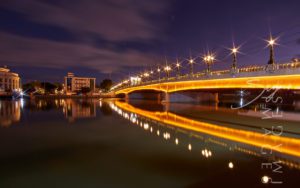
Jones Bridge: A Legacy of Resilience and Revival in Manila
The newly restored Jones Bridge is easily recognizable by its beautifully designed black lamp posts—the same ones that were there when the bridge was first
Nestled at the crossroads of Las Piñas in Metro Manila and Bacoor in Cavite, the Zapote Bridge stands as a silent yet powerful witness to the nation’s struggles and triumphs. Built in 1817 under the leadership of Don Agustin Dela Cruz and through the initiative of Padre Diego Cera of the Augustinian Order, this historic stone arch bridge is more than just an infrastructure marvel—it is a bridge to the past, where pivotal battles shaped the course of Philippine history.

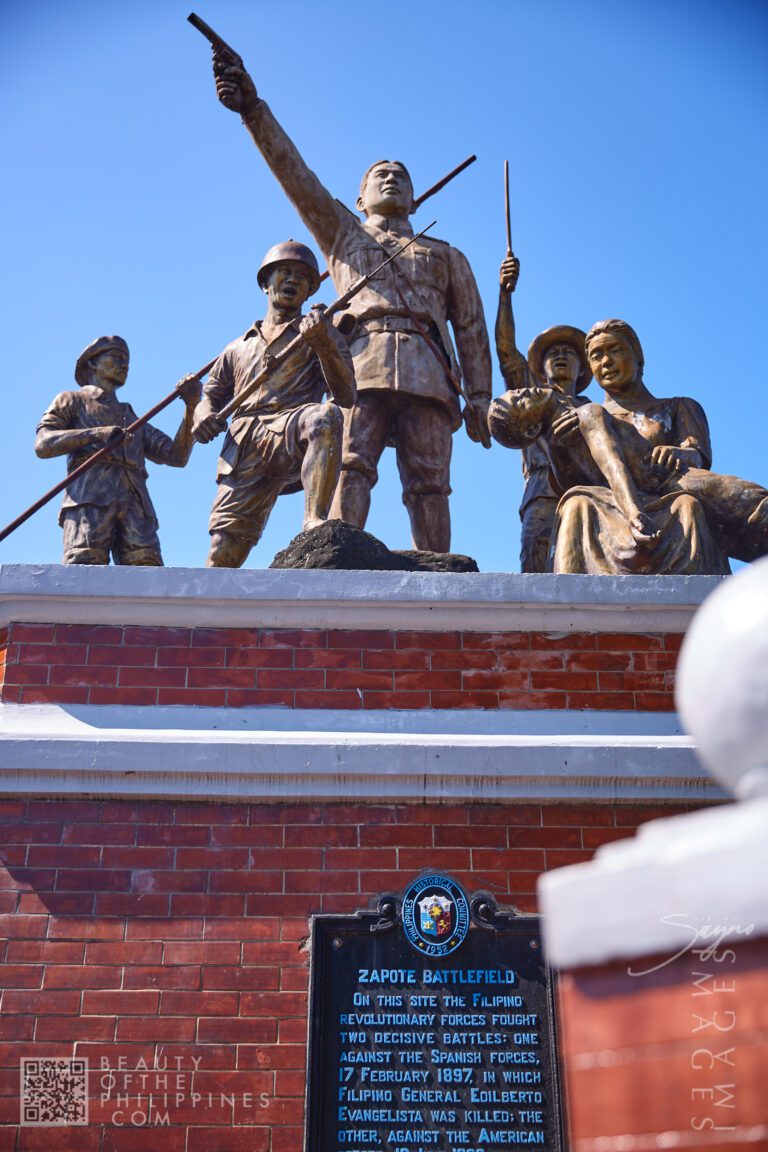
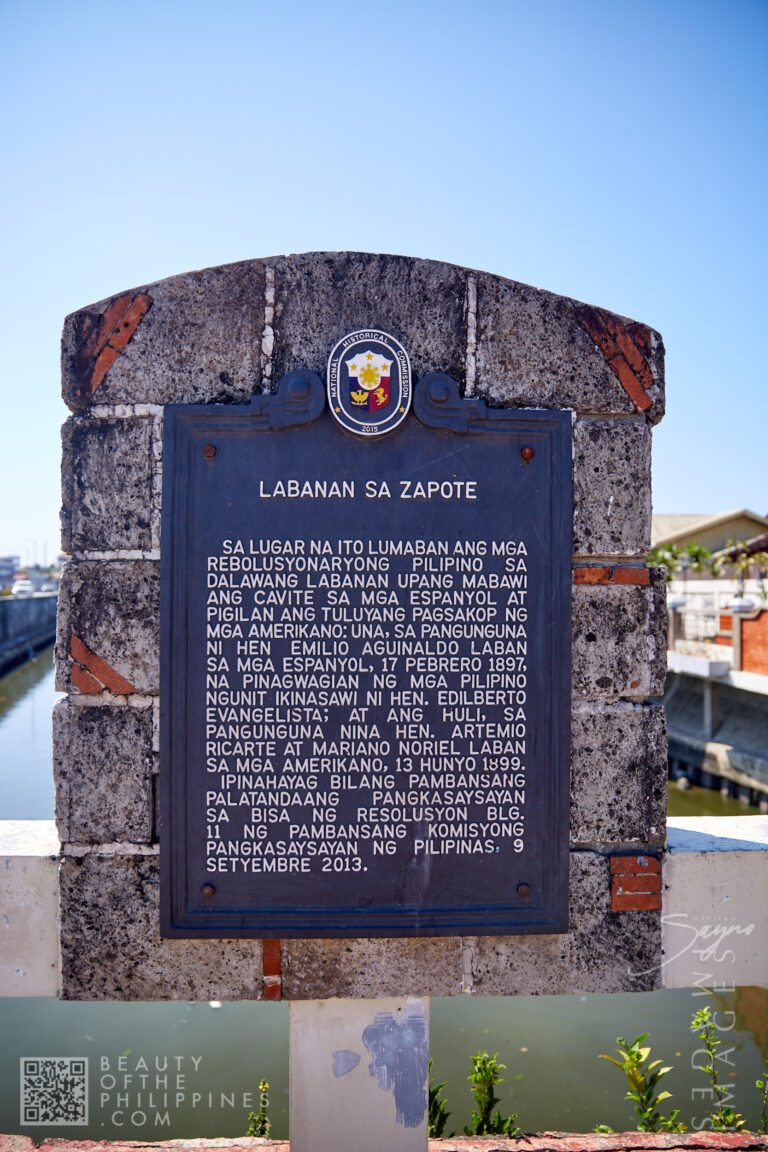
ABOVE: Filipino revolutionaries led by Emilio Aguinaldo and American forces during the Philippine-American War in 1897. The monument stands as a tribute to the bravery and sacrifice of the Filipino soldiers who fought for independence during this pivotal battle.
ABOVE: Filipino revolutionaries led by Emilio Aguinaldo and American forces during the Philippine-American War in 1897. The monument stands as a tribute to the bravery and sacrifice of the Filipino soldiers who fought for independence during this pivotal battle.
The Zapote Bridge is renowned for being the site of two major battles during the Philippines’ quest for freedom:
The Battle of Zapote Bridge (1897) On February 17, 1897, during the Philippine Revolution, Filipino forces under General Emilio Aguinaldo engaged in a fierce battle against Spanish troops led by Governor-General Camilo de Polavieja.
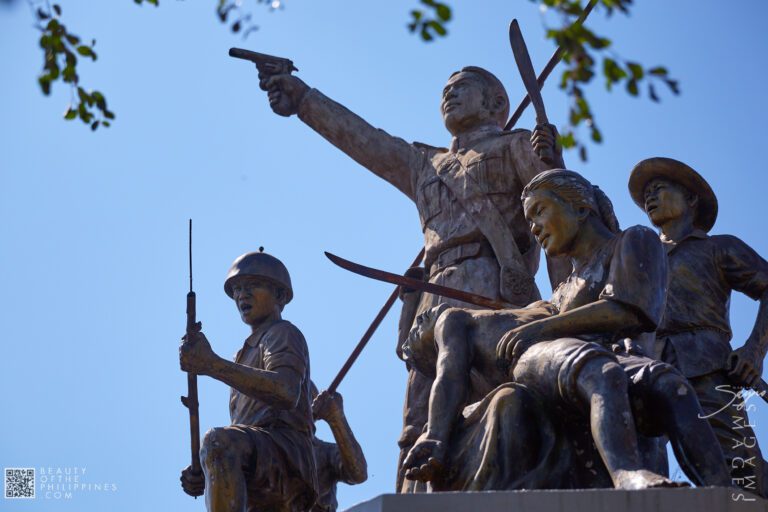
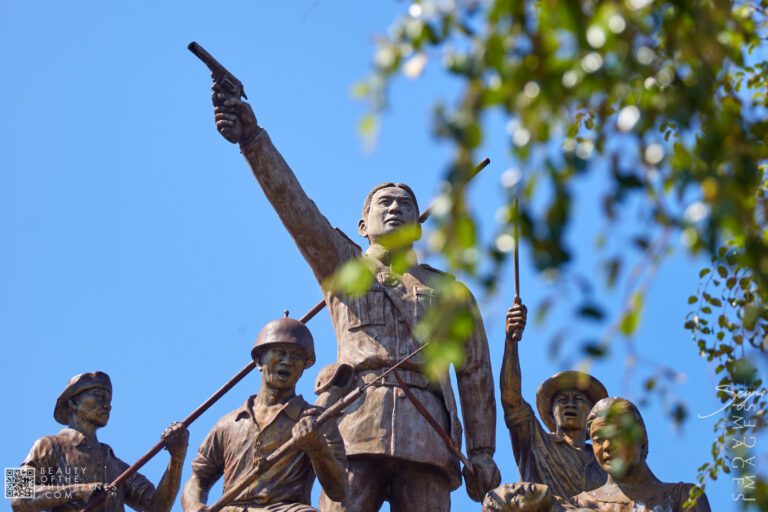
ABOVE: Filipino sculptor Eduardo Castrillo, vividly captures the intensity of the Battle of Zapote Bridge in 1897, with Filipino revolutionaries depicted in dynamic action.
ABOVE: Filipino sculptor Eduardo Castrillo, vividly captures the intensity of the Battle of Zapote Bridge in 1897, with Filipino revolutionaries depicted in dynamic action.
The battle witnessed the valiant efforts of General Edilberto Evangelista, a civil engineer and Katipunan member, who tragically lost his life while defending the cause of independence.

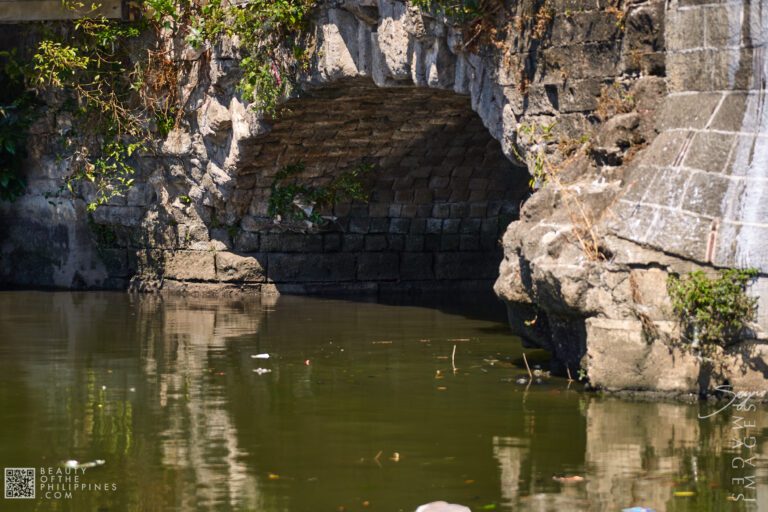
ABOVE: The Zapote Bridge was originally built with sandstone and brick, materials commonly used for infrastructure projects during the American colonial period. Though it has undergone several renovations, the bridge’s core material is now concrete, reflecting modern engineering practices.
ABOVE: The Zapote Bridge was originally built with sandstone and brick, materials commonly used for infrastructure projects during the American colonial period. Though it has undergone several renovations, the bridge’s core material is now concrete, reflecting modern engineering practices.
The Battle of Zapote River (1899) Just two years later, on June 13, 1899, the bridge once again became the focal point of conflict, this time during the Philippine-American War. Around 1,200 American soldiers faced off against an estimated 4,000 to 5,000 Filipino revolutionaries in one of the war’s largest and bloodiest engagements, demonstrating the Filipino people’s unwavering resistance against foreign rule.
Today, the original Zapote Bridge serves as a pedestrian walkway, while a modern parallel concrete bridge carries vehicular traffic along Aguinaldo Highway. To honor its historical significance, monument parks have been erected on both ends of the bridge. On the Las Piñas side, an evocative monument sculpted by Ed Castrillo stands as a tribute to the fallen heroes, while on the Bacoor side, a Philippine Tourism Authority monument vividly depicts the Battle of Zapote Bridge.
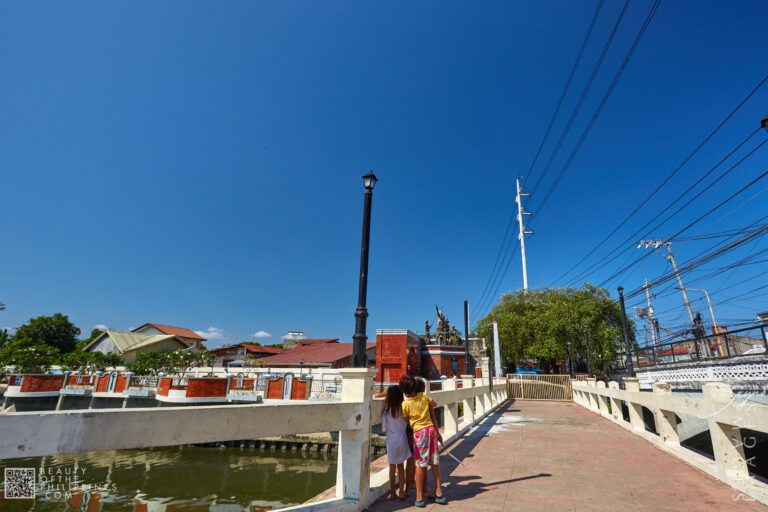
ABOVE: The children stand near the monument unaware of its history, linking the past to the future. Their innocence against the backdrop of the monument reminds us how history is passed down through generations.
ABOVE: The children stand near the monument unaware of its history, linking the past to the future. Their innocence against the backdrop of the monument reminds us how history is passed down through generations.
In recognition of its enduring legacy, the National Historical Commission of the Philippines designated Zapote Bridge as a National Historical Landmark on September 9, 2013, ensuring its preservation for future generations.
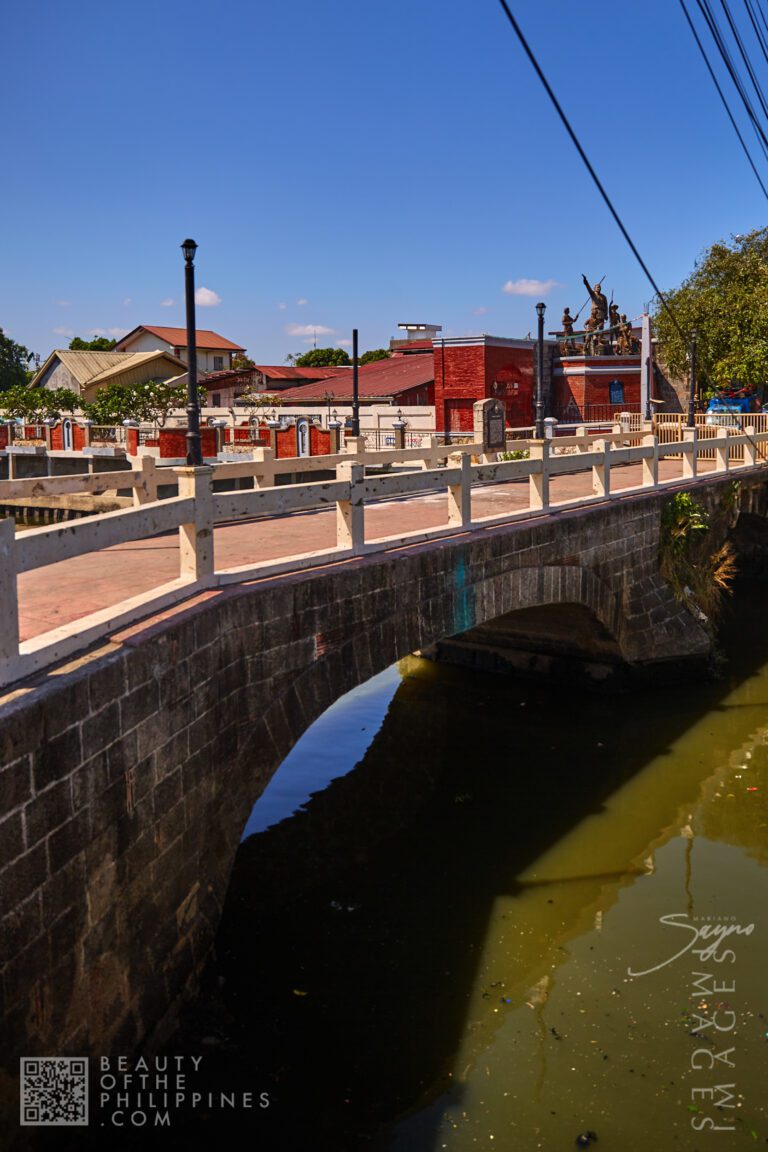

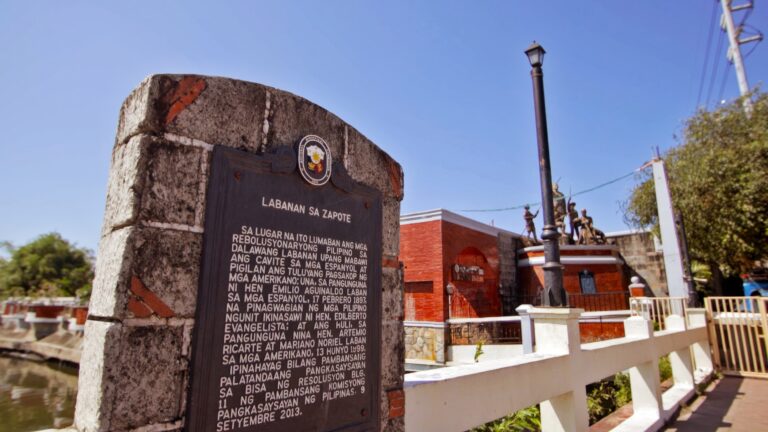
ABOVE: Today, the Zapote Bridge stands as a sturdy, concrete structure, with its historical sandstone and brick elements still visible in some parts, showcasing a blend of old and new. It spans the Zapote River, serving as a vital link in Cavite, enduring through years of renovations and the passage of time.
ABOVE: Today, the Zapote Bridge stands as a sturdy, concrete structure, with its historical sandstone and brick elements still visible in some parts, showcasing a blend of old and new. It spans the Zapote River, serving as a vital link in Cavite, enduring through years of renovations and the passage of time.
For history buffs and cultural travelers, Zapote Bridge offers more than just a glimpse into the past—it provides a tangible connection to the resilience and heroism of Filipino revolutionaries. Visitors can take a reflective walk across the original stone arch, explore the monument parks, and immerse themselves in the storied past of this landmark. The nearby Las Piñas Church, famous for its Bamboo Organ, and Bacoor’s historical sites further enhance the historical journey.
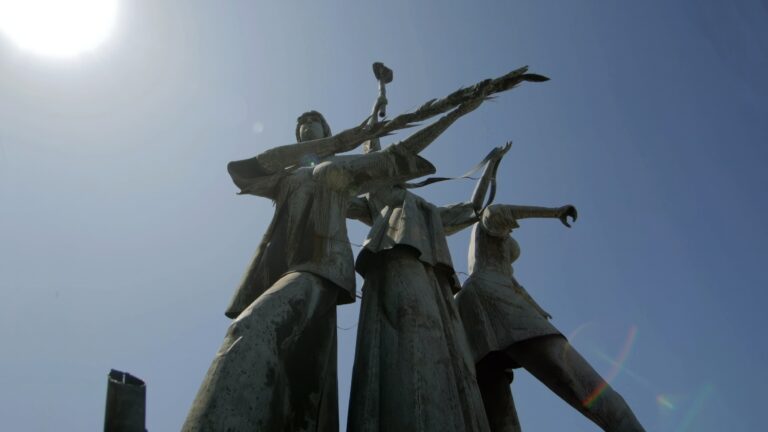
ABOVE: The sculpture features three figures holding symbolic objects: a torch representing enlightenment, leaves symbolizing unity with nature, and an emblem of resilience, reflecting the strength and courage of the Filipino fight for independence.
ABOVE: The sculpture features three figures holding symbolic objects: a torch representing enlightenment, leaves symbolizing unity with nature, and an emblem of resilience, reflecting the strength and courage of the Filipino fight for independence.
RELATED STORIES

The newly restored Jones Bridge is easily recognizable by its beautifully designed black lamp posts—the same ones that were there when the bridge was first



Nestled in the vibrant district of Binondo, Manila, Plaza San Lorenzo Ruiz stands as a historical and cultural gem. Once known as Plaza Calderón de
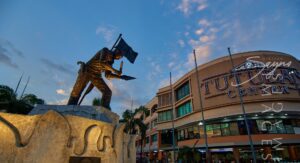


Situated in the heart of Manila, Tutuban Center is more than just a shopping destination—it’s a vibrant mix of history, commerce, and culture that draws



Located along Roxas Boulevard, Manila and adjacent to the century-old walled city of Intramuros, the Luneta National Park, or Rizal Park as many refer to


Whether you’re a local explorer or a visiting tourist, Zapote Bridge is a must-visit site that combines historical significance with modern-day accessibility. Standing at the heart of Cavite and Metro Manila’s heritage belt, this bridge continues to remind every Filipino of the sacrifices made for freedom. Take a step back in time and walk where heroes once stood—Zapote Bridge awaits to tell you its story.
I’m looking forward to the stories and images leaving a lasting positive impression on you, just as they have on me. Stay connected with us on social media for a weekly exploration of travel assignments and breathtaking visuals. Our focus is on championing local tourism, showcasing small businesses, and honoring the magnificence of the Philippines through the content we curate. Join us in spreading the word by clicking the ‘share’ buttons below. Your support means the world to us.
EXPLORE MORE about
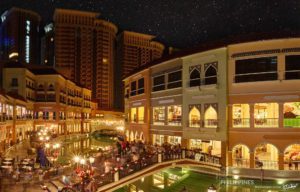

Located in the heart of the Taguig City, the Venice Grand Canal is a lifestyle mall development under the Megaworld Lifestyle Malls Located inside the


In the heart of bustling Makati, where glass towers slice the skyline and business moves at lightning speed, there’s a place that feels like a
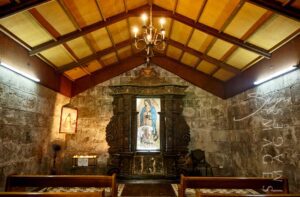

Tucked within the storied walls of Fort Santiago, a landmark that has stood as a silent witness to centuries of Philippine history, the Our Lady
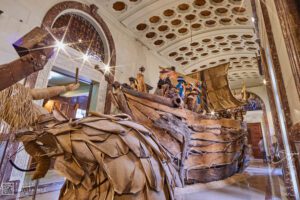

The National Museum of Anthropology, located in the heart of Manila within the National Museum Complex, is a must-visit destination for travelers eager to explore
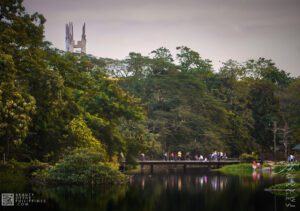

Situated in the heart of Quezon City, the Ninoy Aquino Parks and Wildlife Center (NAPWC) offers a serene retreat from the bustling streets of Metro
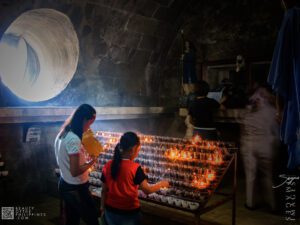

Located in the heart of Taguig City, just a short distance from the bustling Bonifacio Global City (BGC), lies the St. Anne Parish Church, more
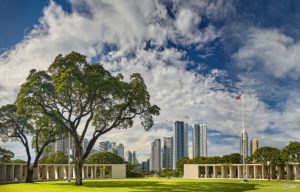

Manila American Cemetery and Memorial is located in the heart of Taguig City on the lands of Fort Bonifacio and serves as the largest grave
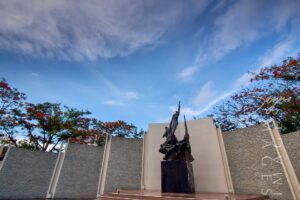

Located in the heart of San Juan City, Metro Manila, the San Juan – Pinaglabanan Memorial Shrine serves as a powerful reminder of the bravery
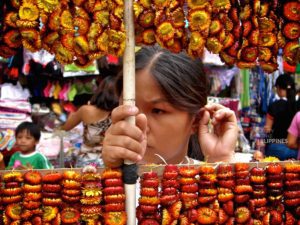

Plaza Miranda is a public square bounded by Quezon Boulevard, Hidalgo Street and Evangelista Street in Quiapo, Manila. It is the plaza which fronts the


Every January, in the heart of Tondo—one of Manila’s oldest and most storied districts—a celebration unfolds that’s unlike anything else in the Philippines. The Feast


When in Quezon City, one of the most serene and awe-inspiring places to visit is the Mount Carmel Shrine, a haven of peace, spirituality, and


If you’re exploring the heart of Manila, you won’t want to miss Seng Guan Temple, a cultural and spiritual gem nestled in the bustling district


The Manila Abbey San Beda, or formally known as Abbey of Our Lady of Montserrat, is a Benedictine men’s monastery located along the streets of


When you think of Malabon, your mind might wander to its famous pancit, old-world charm, or those quiet, flood-prone streets filled with stories from generations


When you think of Manila, you probably imagine vibrant street life, Spanish-era churches, or food stalls dishing out sisig and lumpia. But just beyond the


Explore the vibrant tapestry of Manila through its four national museums, each a unique gem in the city’s cultural crown. These four distinguished establishments are
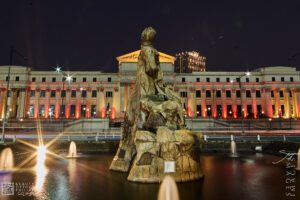

The Gomburza National Monument, located in front of the National Museum of Fine Arts along Padre Burgos Avenue in Manila, stands as a solemn tribute


Situated in the heart of Quiapo, Manila, the Manila Golden Mosque stands as a magnificent testament to the rich cultural and religious diversity of the


San Juan, a city tucked in the heart of Metro Manila, is often overshadowed by its more famous neighbors, yet it holds within its borders
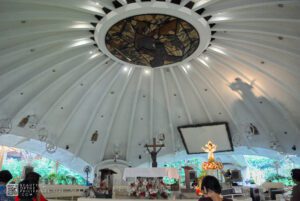

Let’s face it—Makati can be overwhelming. Skyscrapers, honking horns, back-to-back meetings, and the endless buzz of city life. But right in the middle of all
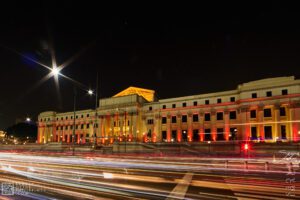

Manila, the vibrant capital of the Philippines, is home to a wealth of cultural and historical landmarks, and among its crown jewels is the National


Located within the historical walls of Intramuros, Manila, Intramuros Golf Club is a true gem for both golf enthusiasts and history lovers alike. This iconic
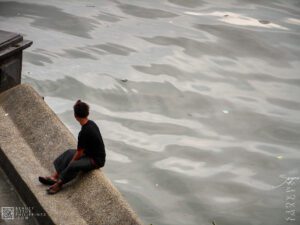

Quezon Bridge, a striking steel arch bridge spanning the Pasig River, is more than just a vital transportation link—it is a historical icon of Manila.
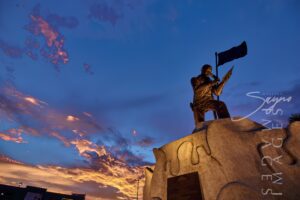

The Andres Bonifacio Birthplace Monument in Tutuban, Divisoria stands as a powerful symbol of Filipino patriotism and a tribute to the courage and leadership of Andres



Located along Roxas Boulevard, Manila and adjacent to the century-old walled city of Intramuros, the Luneta National Park, or Rizal Park as many refer to



Nestled in the vibrant district of Binondo, Manila, Plaza San Lorenzo Ruiz stands as a historical and cultural gem. Once known as Plaza Calderón de


It is always a surprise for buildings, parks and houses to survive such wars as it is almost inevitable that everything will be brought down
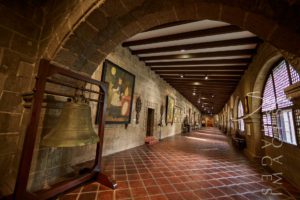

The San Agustin Museum is located adjacent to the UNESCO World Heritage Site, San Agustin Church. It is located in Intramuros—the walled city of Manila—and
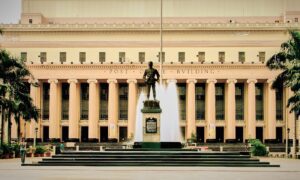

Nestled in the heart of Manila, Liwasang Bonifacio is a place where history, culture, and modern urban life converge. Formerly known as Plaza Lawton, this


The Nazareno Festival, or the Feast of the Black Nazarene, is one of the most spectacular and deeply moving religious events in the Philippines. Held
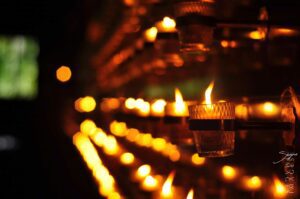

The Padre Pio Chapel, also known as the St. Pio of Pietrelcina Chapel, holds a special place in my heart as a photographer. It revealed
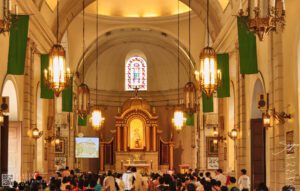

Malate Church stands as a profound symbol of faith, resilience, and artistry, preserving its sacred role and architectural splendor through centuries of triumphs and trials.


Nestled in the heart of Quezon City, La Mesa Ecopark stands as a serene sanctuary, offering both a retreat for nature lovers and an educational


The University of the Philippines Diliman (UP Diliman) is more than just the country’s premier academic institution—it is a historical, cultural, and natural destination worth


San Sebastian Church is a Roman Catholic Minor Basilica located in Quiapo, Manila. It’s also known as Minor Basilica of San Sebastian or San Sebastian
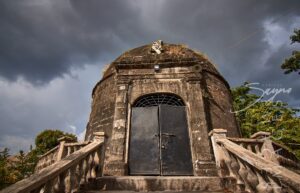

Tucked away in the heart of Taguig City, Metro Manila, lies an intriguing historical site that continues to captivate both locals and travelers alike—the Simborio.
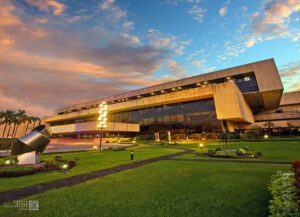

The Philippine International Convention Center (PICC) stands as a monument to the Philippines’ ambition to be a key player on the global stage. With its


Quiapo, Manila, is home to the historic Quiapo Church, officially known as the Minor Basilica and National Shrine of the Black Nazarene. This revered religious


If you find yourself wandering through the sprawling campus of the University of the Philippines (UP) Diliman in Quezon City, you’ll undoubtedly encounter one of


Situated in the bustling city of Manila, Paco Park is a serene oasis that invites visitors to step back in time while enjoying the calm
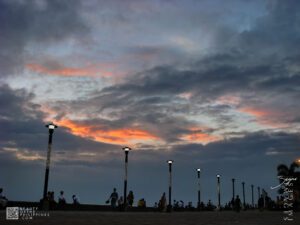

Let’s be real—when you think of tourist spots around Metro Manila, Navotas probably isn’t the first to pop into your head. But you know what?


If you’re exploring Manila, one spot you shouldn’t miss is Plaza Rajah Sulayman, a scenic and historically significant public square in the heart of Malate,


UST, also known as the University of Santo Tomas, is a private Roman Catholic university located in Sampaloc, Manila. It was founded on 28 April
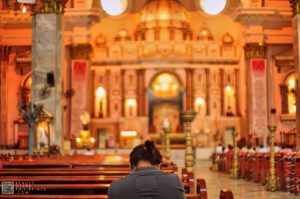

The Binondo Church is a historic church in Manila, located in the District of Binondo, near the Plaza San Lorenzo Ruiz. It was previously called


The Kartilya ng Katipunan, also known as Bonifacio Shrine or Heroes Park, is a must-visit historical site in Ermita, Manila, celebrating the legacy of Andrés


In addition to being considered the oldest Chinatown in the world, Binondo Chinatown is also the center of trade and commerce in Manila City. In
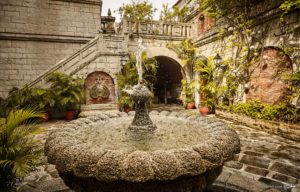

Casa Manila, located in the heart of Intramuros, Manila, is a living museum that transports visitors to the grandeur of the Spanish colonial era. As


Known as one of the most important baroque churches in the Philippines and as one of the only four baroque churches in the Philippines that
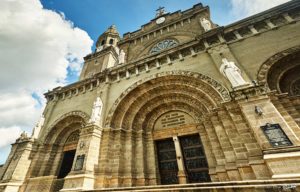

Originally built in 1880, the Manila Cathedral is the current version of the longstanding Church of Manila. It is a masterpiece of architecture that was


Nestled in the historic district of Ermita, Manila City Hall is more than just the seat of the city’s government—it’s a testament to the rich
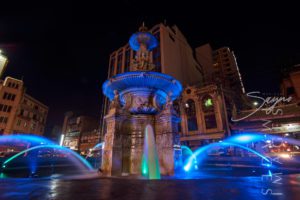

If you’re ever wandering through the lively streets of Manila, one of the city’s must-see spots is the iconic Carriedo Fountain. Nestled in the heart
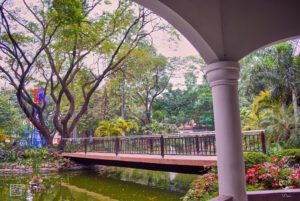

Situated in the lively heart of Makati’s Legazpi Village, Washington SyCip Park provides a serene refuge away from the city’s fast pace. Established in 2006



The newly restored Jones Bridge is easily recognizable by its beautifully designed black lamp posts—the same ones that were there when the bridge was first
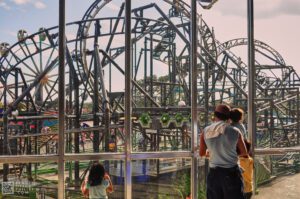

Nestled in the heart of Pasay City within the Cultural Center of the Philippines Complex, Star City stands as one of the premier amusement parks


Located in the heart of Quezon City, Christ the King Seminary is not only a center of Catholic education but also a place where spirituality,
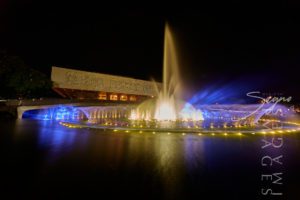

The Cultural Center of the Philippines or CCP was founded in 1966 under the directive of former President Ferdinand Marcos, in order to reinforce and


If you’re exploring Manila and looking for more than just the usual heritage stops, make room on your itinerary for a place that blends quiet
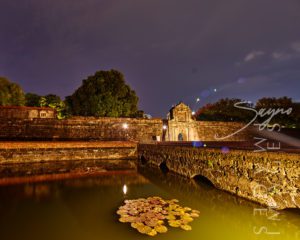

It is also known as the Walled City, and during the Spanish Colonial Period it was synonymous with the city of Manila. Intramuros was also
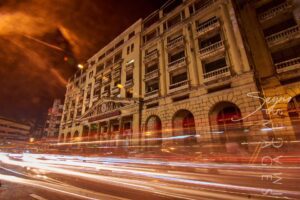

I experienced the vibrant and colorful life of downtown in full. I took some time to appreciate the beauty of Santa Cruz Church and Plaza


It is the home of the popular Asian elephant, Mali, as well as 90 other species. As well as being a landmark in Manila, the
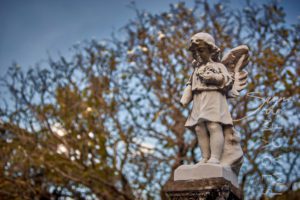

As one of the oldest cemeteries in Manila, Campo Santo De La Loma, commonly referred to as the La Loma Cemetery, is one of the
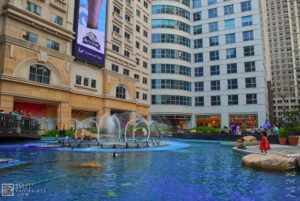

Located in the heart of Quezon City, Eastwood Mall stands as a vibrant fusion of shopping, dining, and entertainment. More than just a mall, it’s
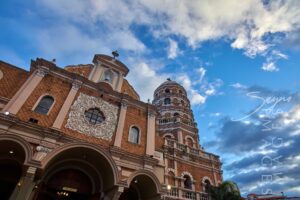

If you’re wandering through the heart of Manila and looking for a place where stories linger and time seems to slow down, Santa Cruz Church


The Manila Post Office, officially known as the Manila Central Post Office, is a distinguished example of neoclassical architecture, originally designed by Juan M. Arellano,
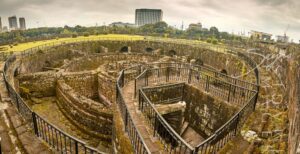

You know how sometimes, you stumble upon a place that feels like stepping straight into a history book—except the pages come alive? That’s exactly the


One of Quezon City’s main parks is the Quezon Memorial Circle, which is located in Quezon City and is surrounded by an elliptical road, making


If you’re the kind of traveler who loves uncovering places with soul — you know, spots where history, culture, and a touch of magic come
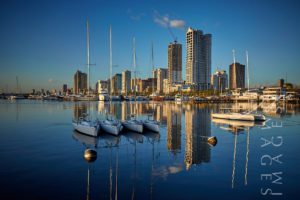

It is considered to be one of the world’s great harbors, the Manila Bay, and it serves as the Port of Manila, Philippines. Having once



Situated in the heart of Manila, Tutuban Center is more than just a shopping destination—it’s a vibrant mix of history, commerce, and culture that draws


Located within the historic district of Intramuros, Manila, Padre Blanco Gardens—also known as Father Blanco’s Garden—offers a charming and romantic retreat amid centuries-old architecture. This
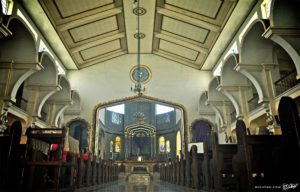

The Polo Church, formally known as the San Diego de Alcala Church, resides in the Polo neighborhood of Valenzuela, Manila. This church has a captivating


Located along Roxas Boulevard in the heart of Manila, Museo Pambata offers a one-of-a-kind experience where children can learn, play, and connect with Filipino culture


As the nation’s first ever world-class marine theme park, Manila Ocean Park is located in Ermita Manila, within the Philippines’ largest urban resort/aqua-themed hotel complex
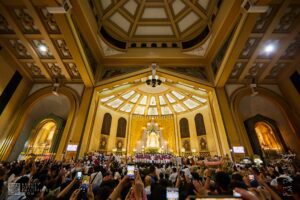

Every October, the vibrant streets of Quezon City come alive with faith, devotion, and rich cultural traditions during the Feast of La Naval de Manila.
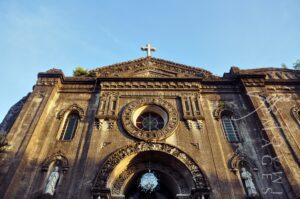

Tucked away in the bustling heart of Makati lies the Guadalupe Church Ruins, an evocative landmark that offers more than just a glimpse of the
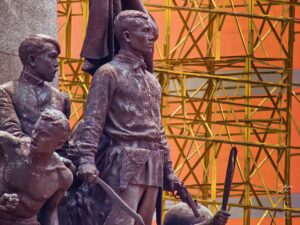

The Bonifacio Monument, also called Bonifacio Monumento or Monumento, proudly stands in Caloocan City, Metro Manila. It is a powerful symbol created by the National
BROWSE BY CATEGORIES